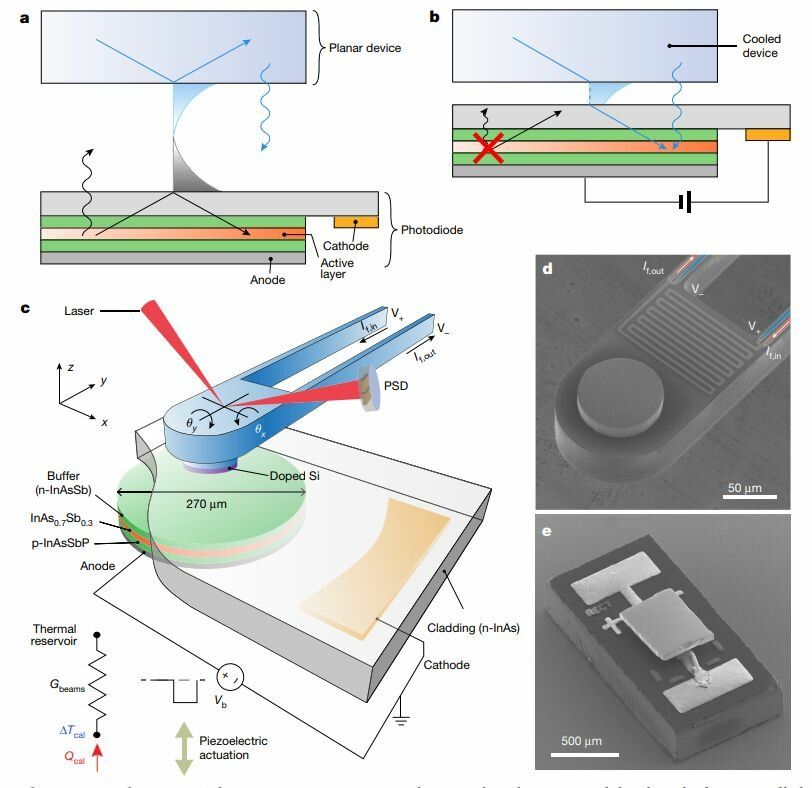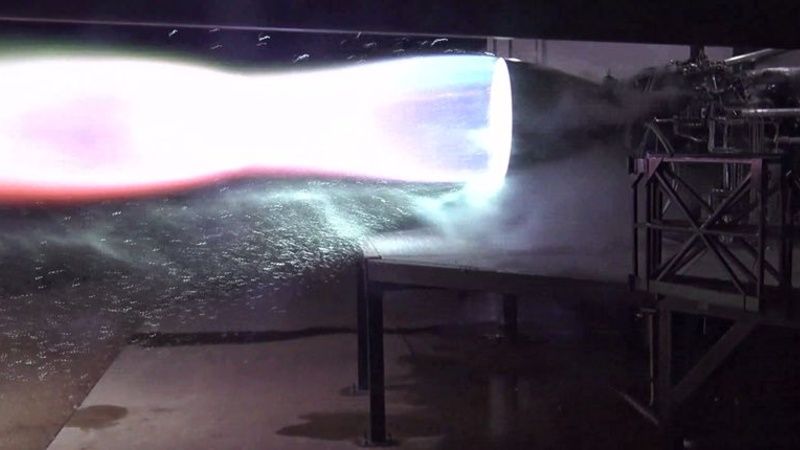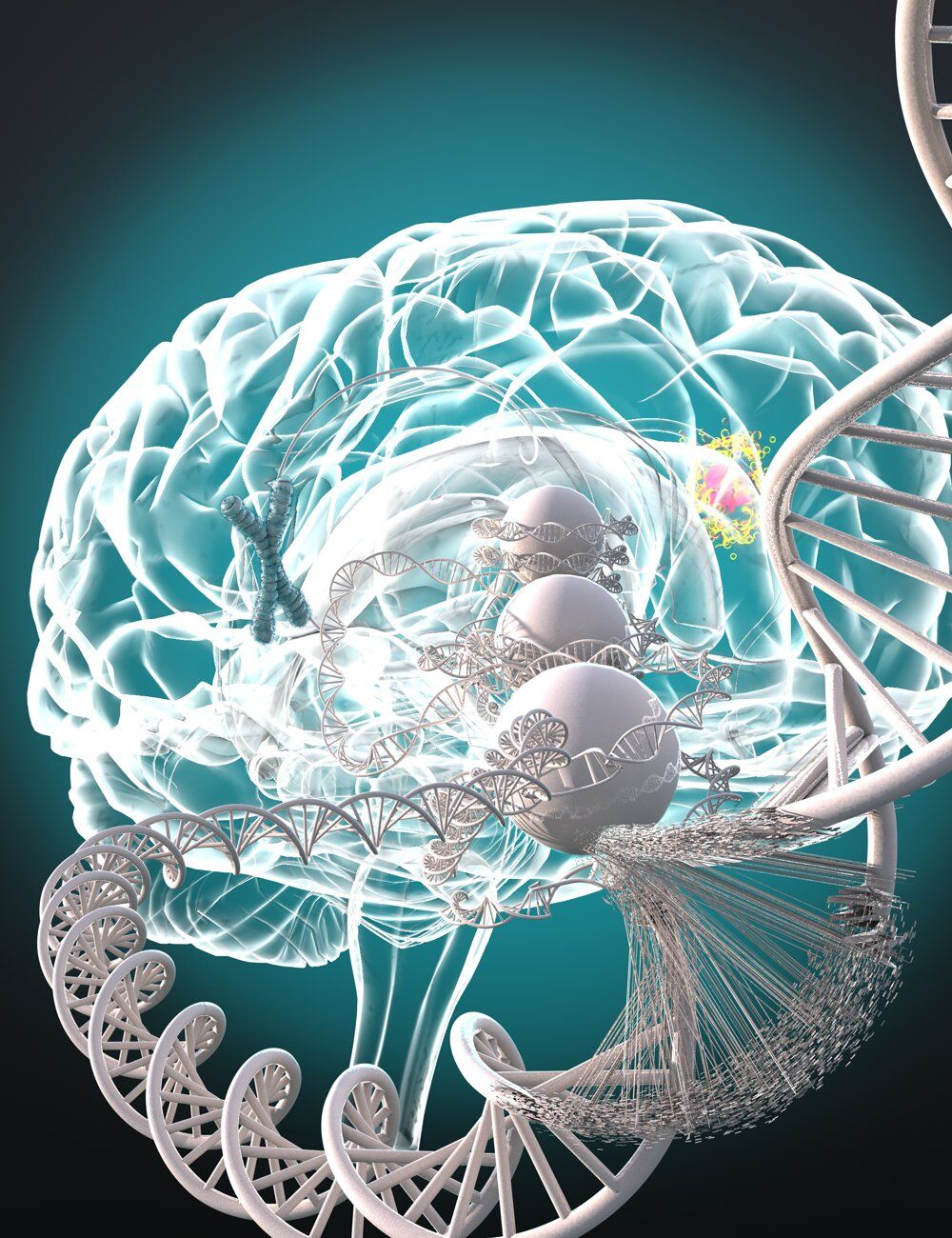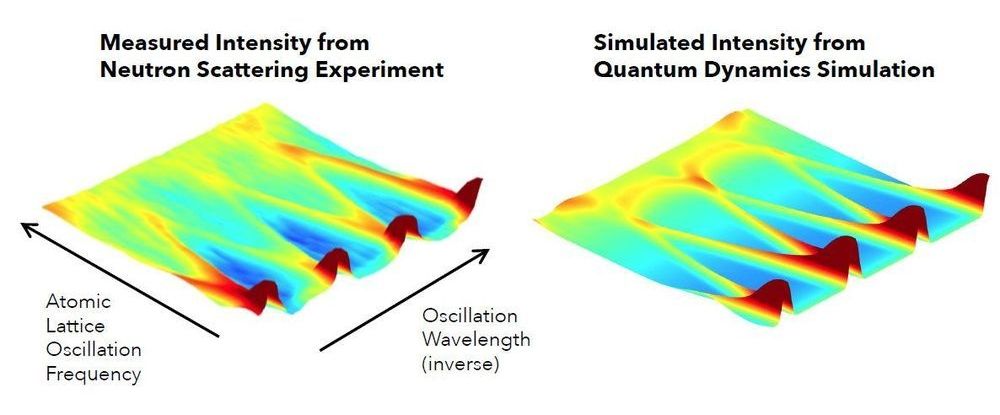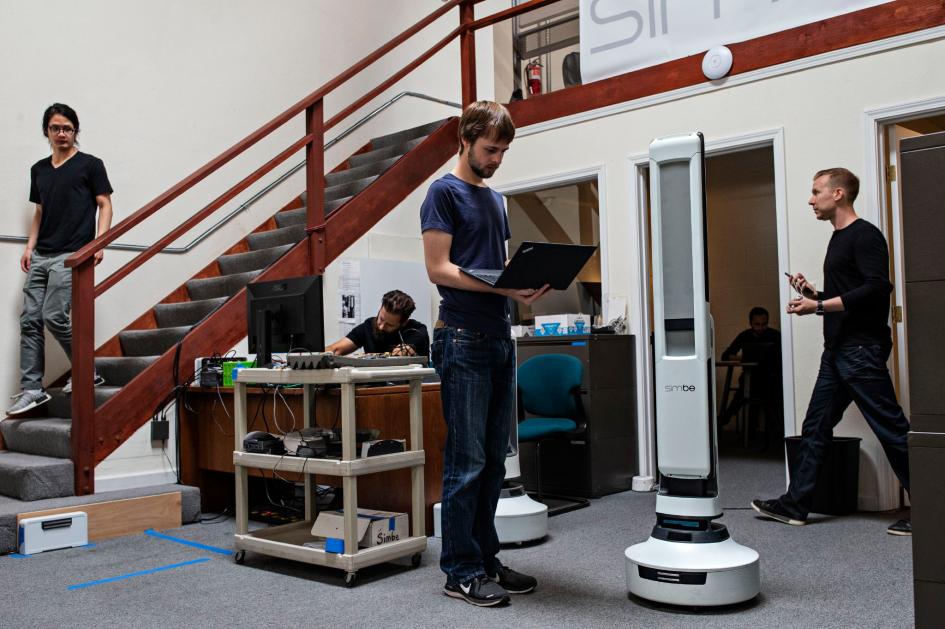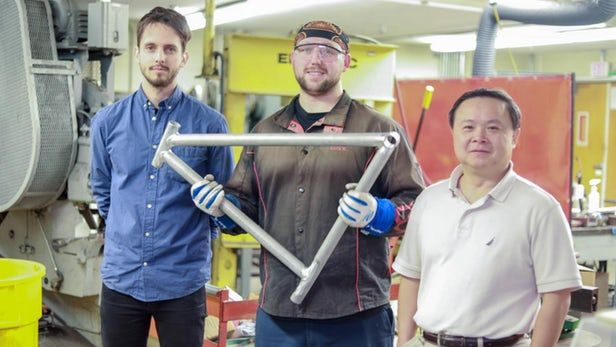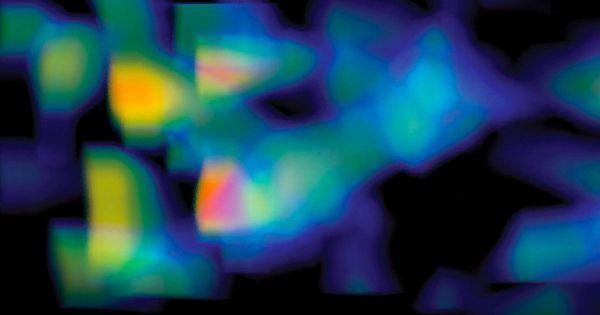Page 9108
Feb 13, 2019
Elusive ‘black panther’ alive and well in Kenya, study shows
Posted by Quinn Sena in category: futurism
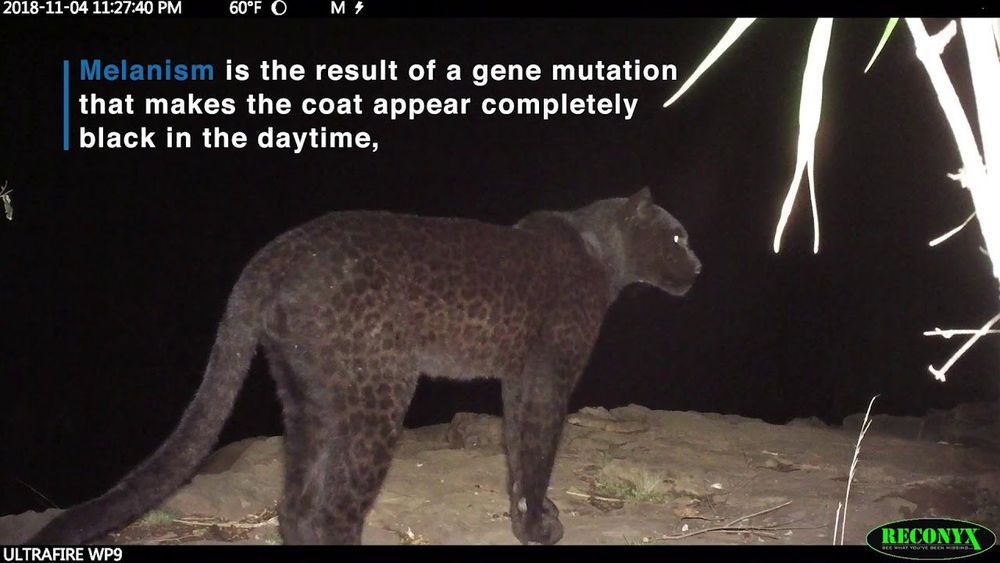
Whispers of sightings of the elusive black leopard have long swirled around central Kenya, and scientists have now confirmed its presence there with a series of rare images taken by camera traps.
The images were captured by researchers from the San Diego Zoo who have been studying leopards in the Loisaba wildlife conservancy, as well as an independent photographer working in the region at the same time.
Continue reading “Elusive ‘black panther’ alive and well in Kenya, study shows” »
Feb 13, 2019
Running an LED in reverse could cool future computers
Posted by Quinn Sena in categories: computing, engineering, physics
In a finding that runs counter to a common assumption in physics, researchers at the University of Michigan ran a light emitting diode (LED) with electrodes reversed in order to cool another device mere nanometers away.
The approach could lead to new solid-state cooling technology for future microprocessors, which will have so many transistors packed into a small space that current methods can’t remove heat quickly enough.
“We have demonstrated a second method for using photons to cool devices,” said Pramod Reddy, who co-led the work with Edgar Meyhofer, both professors of mechanical engineering.
Feb 13, 2019
The Air Force Wants to Arm Fighter Jets With Laser Weapons
Posted by Quinn Sena in category: military
Feb 13, 2019
The “Impossible” Tech Behind SpaceX’s New Engine
Posted by Caycee Dee Neely in categories: innovation, space travel
The recent SpaceX Raptor engine was actually a real breakthrough. It was a holy grail desired by NASA and the Soviet Union. The Soviet Union almost had it, but when we landed on the Moon they stopped development. The engine is a “full-flow staged combustion” engine.
“Full-flow staged combustion (FFSC) is a twin-shaft staged combustion cycle that uses both oxidizer-rich and fuel-rich preburners. The cycle allows full flow of both propellants through the turbines; hence the name The fuel turbopump is driven by the fuel-rich preburner, and the oxidizer turbopump is driven by the oxidizer-rich preburner”
Followers of the Church of Elon will no doubt already be aware of SpaceX’s latest technical triumph: the test firing of the first full-scale Raptor engine. Of course, it was hardly a secret. As he often does, Elon has been “leaking” behind the scenes information, pictures, and even video of the event on his Twitter account. Combined with the relative transparency of SpaceX to begin with, this gives us an exceptionally clear look at how literal rocket science is performed at the Hawthorne, California based company.
Continue reading “The ‘Impossible’ Tech Behind SpaceX’s New Engine” »
Feb 13, 2019
New research findings could be key to improving outcomes for some brain cancers
Posted by Paul Battista in categories: biotech/medical, genetics, neuroscience
Researchers from the University of Michigan Rogel Cancer Center have found that a genetic mutation seen in about half of all brain tumors produces a response that prevents radiation treatment from working. Altering that response using FDA-approved drugs restores tumors’ sensitivity to radiation therapy, extending survival in mice.
The paper, representing more than five years of research, is published in Science Translational Medicine.
“These findings have great potential to impact medical treatment of patients with low-grade glioma, which is critically needed for this terrible disease,” says senior author Maria G. Castro, Ph.D., R. C. Schneider Collegiate Professor of Neurosurgery and a professor of cell and developmental biology at Michigan Medicine.
Feb 13, 2019
The atomic dynamics of rare everlasting electric fields
Posted by Quinn Sena in categories: computing, particle physics
By ricocheting neutrons off the atoms of yttrium manganite (YMnO3) heated to 3,000 degrees Fahrenheit, researchers have discovered the atomic mechanisms that give the unusual material its rare electromagnetic properties. The discovery could help scientists develop new materials with similar properties for novel computing devices and micro-actuators.
The experiment was conducted as a collaboration between Duke University and Oak Ridge National Laboratory (ORNL) and appeared online in Nature Communications on January 2, 2018.
Ferromagnetism is the scientific term for the phenomenon responsible for permanent magnets like iron. Such materials exist because their molecular structure consists of tiny magnetic patches that all point in the same direction. Each patch, or domain, is said to have a magnetic dipole moment, with a north and a south pole, which, added together, produce the magnetic fields so often seen at work on refrigerator doors.
Continue reading “The atomic dynamics of rare everlasting electric fields” »
Feb 13, 2019
What the new artificial intelligence initiative does—and doesn’t—mean
Posted by Genevieve Klien in category: robotics/AI
A new executive order raises a host of questions, from how AI works to whether it will fulfill our science fiction dreams or our nightmares.
Feb 13, 2019
New welding process opens up uses for formerly un-weldable lightweight alloy
Posted by Genevieve Klien in category: nanotechnology
Developed in the 1940s, AA7075 is an aluminum alloy that’s almost as strong as steel, yet it weighs just one third as much. Unfortunately its use has been limited, due to the fact that pieces of it couldn’t be securely welded together. That’s recently changed, however, thanks to the use of titanium carbide nanoparticles.
Feb 13, 2019
New Map of Dark Matter Breaks Scientists’ Understanding of Physics
Posted by Genevieve Klien in categories: cosmology, physics
What they found was surprising. The new map, published on the preprint server arXiv, suggests that the huge structure of dark matter in the universe formed more slowly that previously believed — results that “appear to challenge current understanding of the fundamental laws of physics,” according to the press release.
Road Ahead
But before physicists throw out the rulebook, Hikage cautioned that the new map needs to be corroborated.

